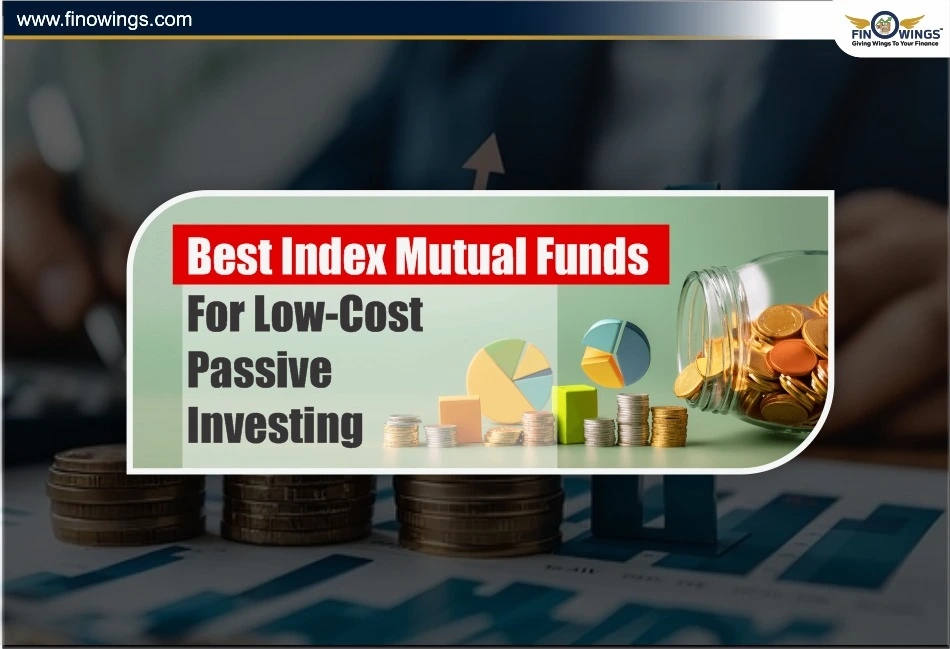Home >> Blog >> How to Identify Risk Levels in Mutual Funds Before Investing
How to Identify Risk Levels in Mutual Funds Before Investing
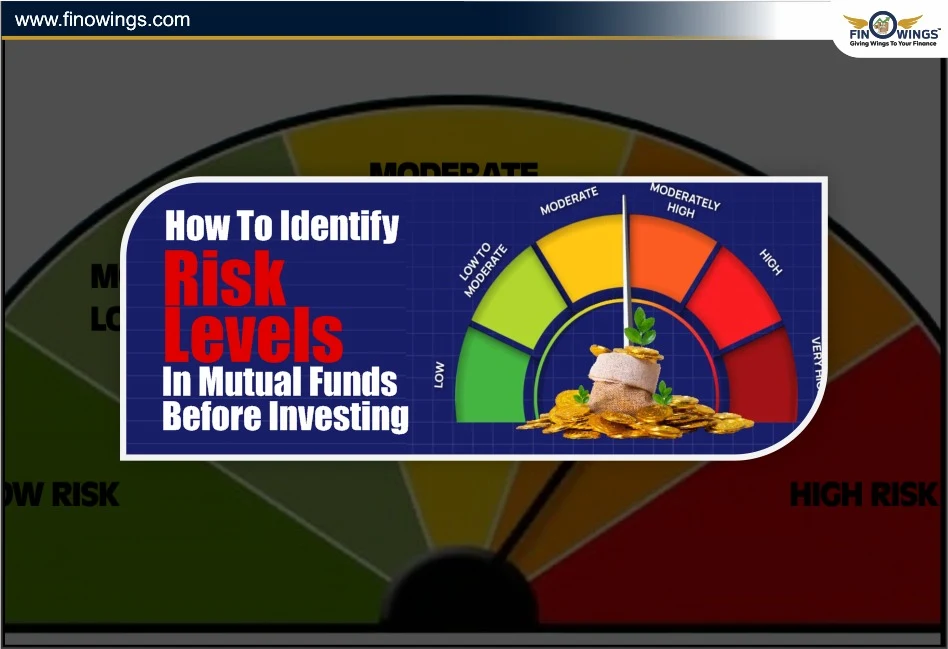
Table of Contents
One of the simplest and most varied investment options is a mutual fund. Mutual funds do, however, include some risk, just like any other type of investment, and knowing those risks can ultimately make or break your investment strategy.
How to Determine Mutual Fund Risk Levels Prior to Investing
One of the simplest and most varied investment options is a mutual fund. Mutual funds do, however, include some risk, just like any other type of investment, and knowing those risks can ultimately make or break your investment strategy.
Before investing in any funds, understanding the mutual fund risk is crucial, along with the types of risk in mutual funds and the basic risk assessment in MF (Mutual Fund). This guide details how to identify risk in mutual funds, the risk-determining factors that you can use to help evaluate your investment objectives.
Why Understanding Mutual Fund Risk Is Important
Every mutual fund- equity, debt, hybrid, or index-will always have a risk attached to it, and that risk will determine the returns you make.
A lot of investors examine returns over a period of time, without taking the risk on mutual funds into account and face disappointment in the loss when the market is corrected.
Understanding the level of risk involved will allow you to:
-
Pick a fund that is in your comfort zone.
-
Prevent emotional selling when the market is corrected.
-
Keep rational expectations around the profit.
-
Create a strong and diversified portfolio.
What Is Mutual Fund Risk?
The potential for your investments' value to vary due to shifts in the market, interest rates, or the performance of the companies you have invested in is known as mutual fund risk. In a nutshell, mutual fund risk is the potential for lower than expected returns or, in the worst case scenario, a drop in the value of your investment.
Mutual funds can't completely remove risk, even when they spread investments among a range of securities. The goal is to comprehend risk, and mitigate it as best as possible.
Types of Risk Involved In Mutual Fund Investment
Before investing, each investor should understand the primary types of risk in mutual funds that apply to different types of funds.
|
Type of Risk |
Description |
Mostly Affects |
|
Market Risk |
Prices of stocks/bonds fluctuate due to economic or political changes. |
Equity & Hybrid Funds |
|
Interest Rate Risk |
Bond prices fall when interest rates rise. |
Debt Funds |
|
Credit Risk |
The borrower (bond issuer) may fail to repay interest/principal. |
Debt Funds |
|
Liquidity Risk |
Difficulty selling assets when markets are down or illiquid. |
Small-cap & Debt Funds |
|
Concentration Risk |
Investing too heavily in one sector or asset. |
Thematic or Sectoral Funds |
|
Inflation Risk |
Returns fail to beat inflation, reducing purchasing power. |
Debt & Conservative Funds |
|
Reinvestment Risk |
Future returns on reinvested income (like coupons) may be lower. |
Income & Bond Funds |
All these risks contribute to the overall volatility and understanding each of them will allow you to make better decisions.
How to Identify Risk in Mutual Funds
1. Check the Fund’s Riskometer- All mutual fund schemes in India come equipped with a Riskometer visual gauge incorporated as part of the SEBI requirements to showcase the risk level associated with the fund.
The Riskometer consists of six distinct levels.
1. Low Risk
2. Low to Moderate Risk
3. Moderate Risk
4. Moderately High Risk
5. High Risk
6. Very High Risk
As a case in point, small equity funds are considered very high risk, while liquid or overnight funds are low risk. You will find the Riskometer on the fund factsheet or the AMC (Assets Management Company) website.
2. Assess the Fund Category
The fund category communicates a lot about risk and classification. The following shows types of funds, their risk classification and associated return potential:
|
Fund Type |
Typical Risk Level |
Return Potential |
|
Equity Funds |
High to Very High |
10–15% (Long Term) |
|
Hybrid Funds |
Moderate |
8–10% |
|
Debt Funds |
Low to Moderate |
6–8% |
|
Index Funds |
Moderate |
9–11% |
|
Liquid Funds |
Low |
4–6% |
The risk associated with fund investment increases with a higher equity allocation and decreases when funds are invested in debt.
3. Historical Volatility (Standard Deviation)
A fund’s isolation of risk may be assessed with the calculated standard deviation (SD) of its return.
High SD = High Volatility = High Risk
Low SD = Stable Returns = Low Risk
Example: If Fund A has an SD of 20% as compared to Fund B with 10%, there will be higher volatility in returns on Fund A and thus higher risk exposure.
They will be available on the fund factsheet and some popular research portals like Moneycontrol, Value Research and Morningstar.
4. Understand Beta and Alpha
Beta and Alpha are two ratios that describe how a mutual fund responds to the market.
Beta determines fund sensitivity to a benchmark.
Beta = 1 → Moves with the market.
Beta > 1 → More volatile than the market.
Beta < 1 → Less volatile.
Alpha determines how much a fund outperforms its benchmark.
Positive Alpha → Better performance for the risk taken.
Negative Alpha → Underperformance.
Using these two allows you to determine how much a fund manager is actually creating value.
5. Analyzing Portfolio Diversification
Analyzing the mutual fund means checking its holdings across different sectors and asset classes. Having a few assets creates concentration risk which is more likely to happen with sectoral or thematic funds.
Before investing, check for:
-
The number of stocks in the portfolio.
-
The 10 largest holdings’ weightage (should not exceed 50–60%).
-
Sector exposure (avoid funds overly concentrated in a single sector).
6. Assessing Fund Manager’s Track Record
Analyzing the fund manager is important in assessing risk in mutual funds.
Experienced fund managers undertake risk more efficiently. Assess the fund manager’s track record throughout different market cycles and their performance consistency.
7. Assess Duration and Credit Quality (for Debt Funds)
For debt funds, the longer the duration of the bonds, the greater the interest rate risk you face.
Funds that own lower-rated bonds (AA or below) are more likely to face credit risk.
Select:
-
Short-Term Duration Funds for risk stability.
-
High Credit Quality Funds to reduce the likely default risks.
-
These are included in the disclosure and portfolio sections of the factsheet.
Assessing Your Risk vs Return
Every investment, even the safest mutual funds, has risk. The main goal is to align risk with your monetary goals and the time period you have in mind.
-
For goals under 3 years, low-risk debt is a solid option and a hybrid fund is your best option.
-
Dynamic asset allocation or other balanced funds are solid bets for the 3-5 year time frame.
-
Higher equity or index funds will work in your favour for the goal of 5 or more years to see higher growth.
This way you will know the risk of mutual fund investment you are taking.
Conclusion
The first step toward smart investing is understanding how to assess mutual funds and identifying the types of risk attached. For each investment, take the time to check the fund’s Riskometer and category. Assess volatility indicators like Beta and Standard Deviation. Analyse diversification and fund manager performance.
Performing effective MF risk assessment will help you create a balanced portfolio based on your objectives, time horizon, and risk tolerance. Portfolio risk assessment will help you create a balanced portfolio.
The stronger the portfolio, the higher the potential reward. Returns are simply an incentive for taking calculated risks. Returns improve your portfolio exponentially as you become more adept at risk management.
DISCLAIMER: This blog is NOT any buy or sell recommendation. No investment or trading advice is given. The content is purely for educational and information purposes only. Always consult your eligible financial advisor for investment-related decisions.




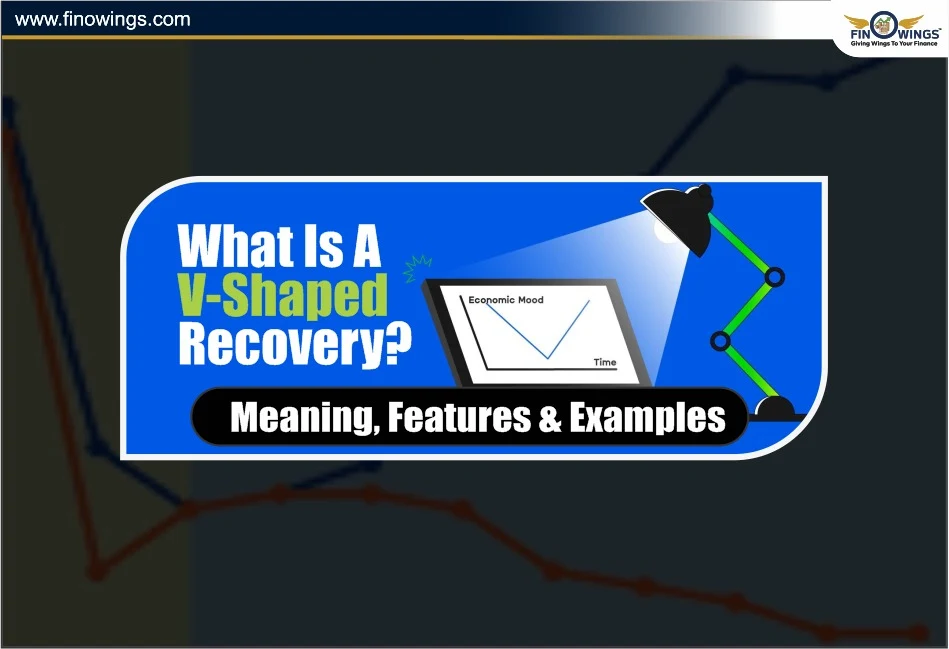
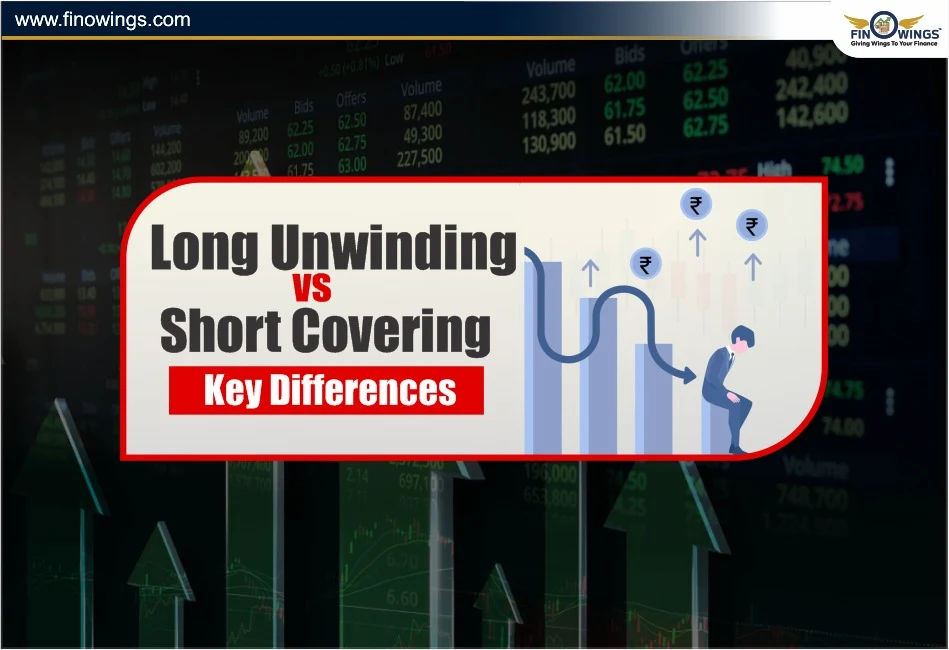





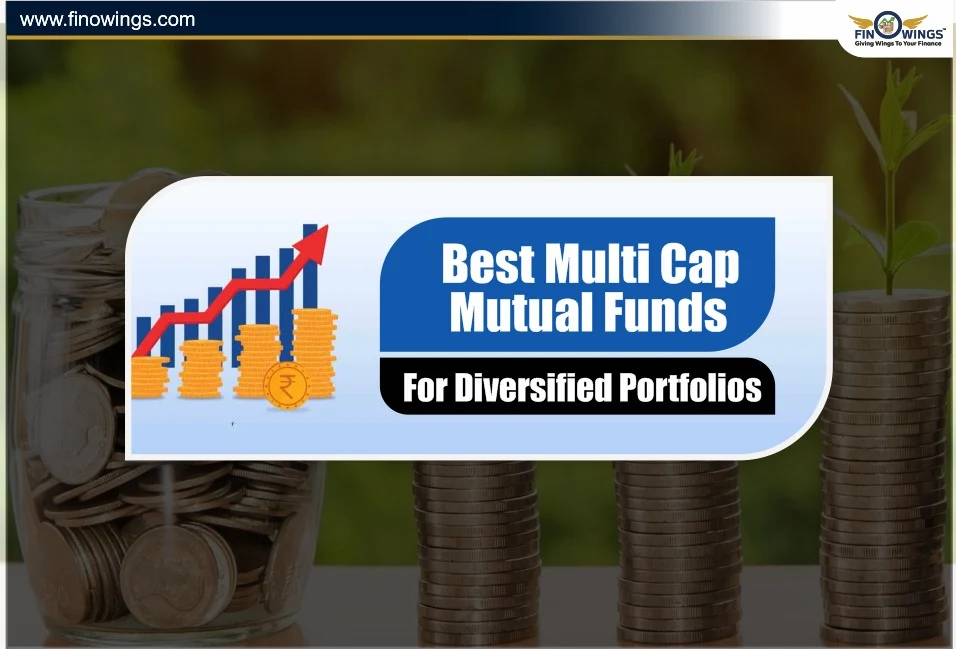
.webp)

